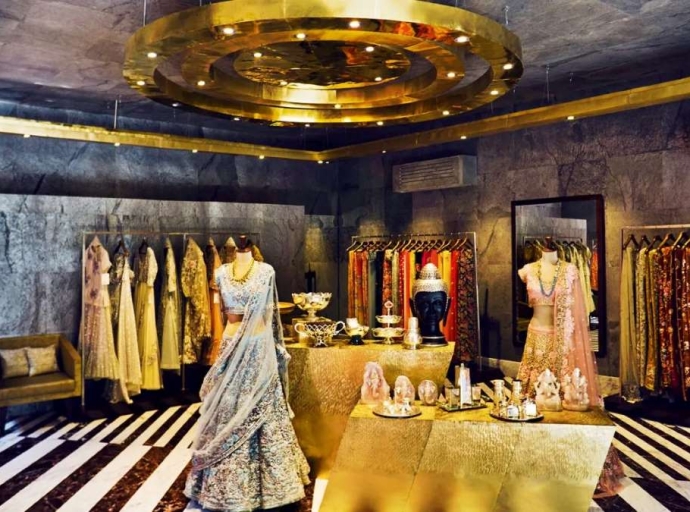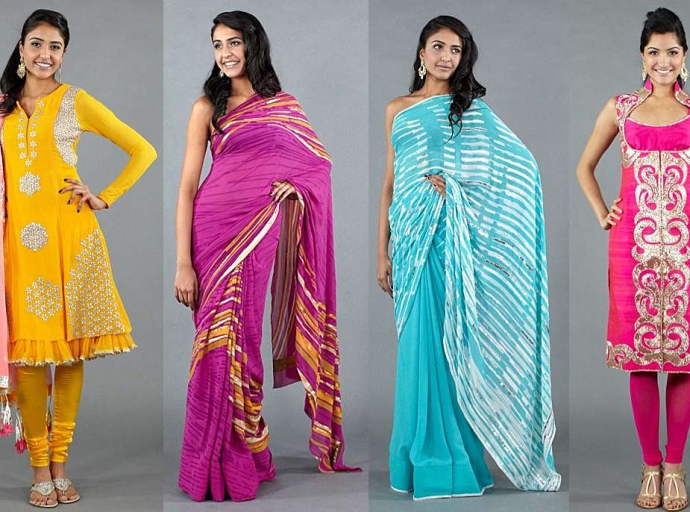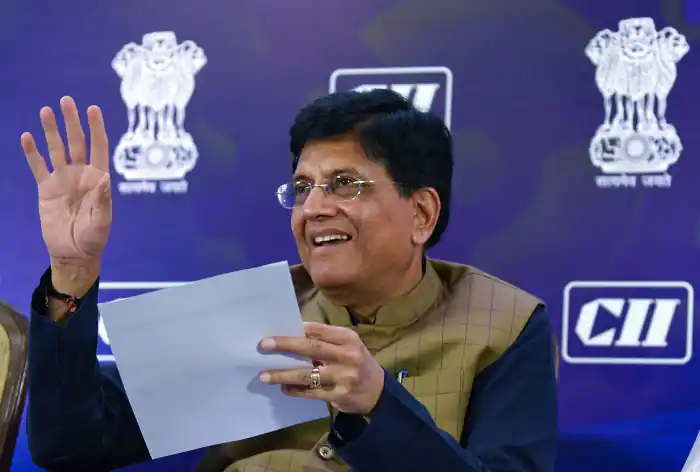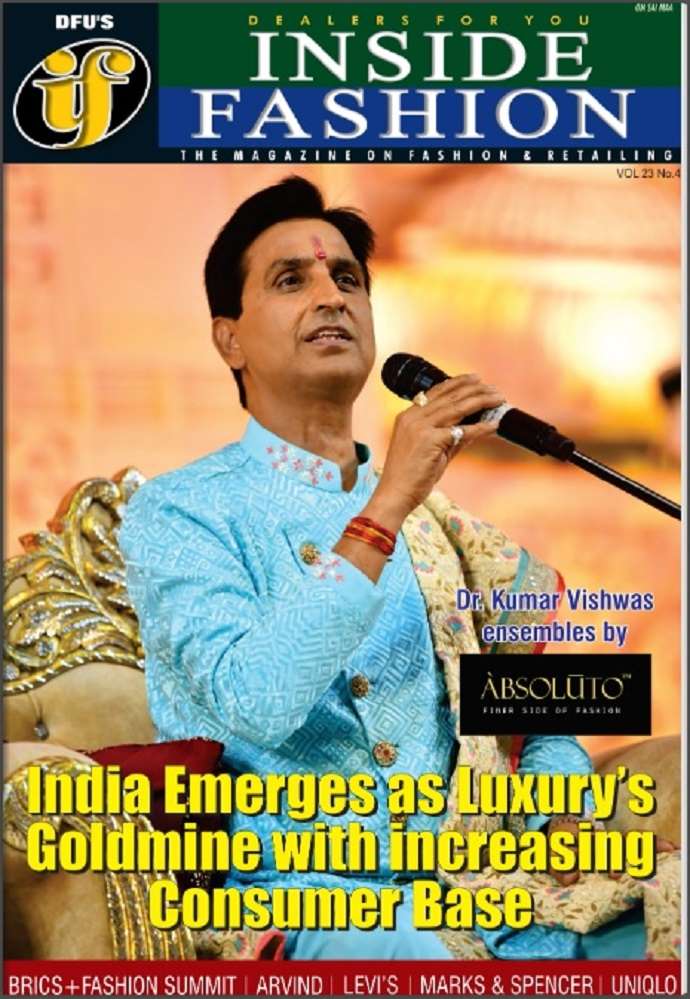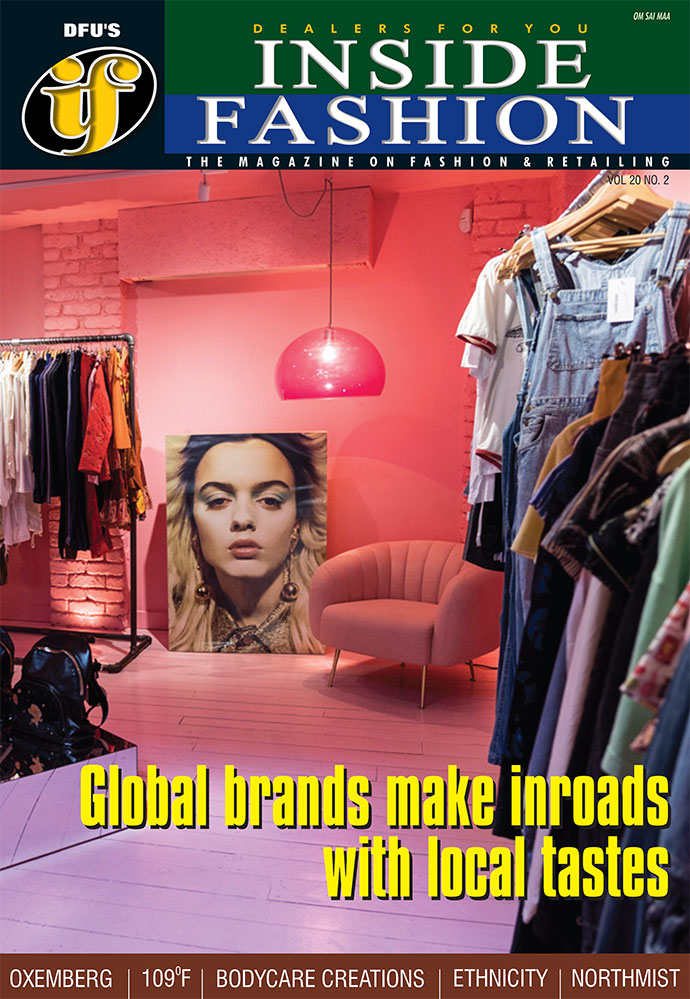23 January 2024, Mumbai
Why India
Forget Paris, Milan, and London. The hottest trends this season are coming straight from the bustling bazaars and serene ateliers of India.
Indian fashion, once a hidden gem, is now taking the lead with its vibrant colors, rich textiles, and age-old craftsmanship.
From saris strutting runways with sneakers to sustainable haute couture on international soil, here's how India's fashion is opening itself up globally:
A modern twist on tradition
"Paris via Mumbai, Delhi, and Chennai," as aptly put by DW, Indian designers are breathing new life into tradition. Take Rahul Mishra, a name synonymous with Parisian haute couture.
He elevates intricate hand-embroidered flowers, crafted by local artisans, onto his delicate gowns, showcasing the enduring beauty of Indian techniques on the global stage.
His creations have graced the likes of Zendaya and Gigi Hadid, proving that heritage and modernity can go hand in hand.
Fashion statement
As Varanasi-based designer known for his breathtaking woven textiles points out, the finest fabrics in the world are from India.
He is on a mission to revive traditional weaving techniques like Benarasi brocade, and his dedication has earned him international acclaim.
His fabrics, woven with meticulous care and passed down through generations, are now becoming popular for exclusive garments across the globe each thread is a story of India's rich textile heritage.
Sari beyond the stereotype
"Saris for Gen Z? Absolutely!" exclaims SUTA, a Mumbai label reimagining the iconic drape for a young audience. Their playful prints and contemporary silhouettes challenge age-old perceptions, proving that the sari can be both timeless and trendy.
Gone are the days of stiff formality; SUTA's saris are paired with sneakers and worn with a casual confidence, infusing the traditional garment with youthful energy.
Sustainable luxury takes center stage
"Luxury with a conscience," highlights Anita Dongre, a pioneer in sustainable Indian fashion.
Her use of organic fabrics and upcycled materials resonates with a growing global consciousness, proving that fashion can be both beautiful and responsible. Dongre's dedication to ethical practices extends beyond materials, ensuring fair wages and safe working conditions for her artisans.
This commitment to social responsibility adds another layer of brilliance to her stunning designs.
There is much more to it
Designer Payal Khandwala, who champions body positivity through her inclusive designs highlights ‘Fashion for all’.
Her runway shows, featuring models of diverse ethnicities and sizes, send a powerful message of inclusivity to the world. Khandwala's bold move to challenge traditional beauty standards is not just about fashion; it's about celebrating individuality and challenging narrow definitions of what it means to be beautiful.
From humble weavers to global sensation
Then there are classic stories of how small-time weavers are making a splash globally, The story of Mahesh Babu, a weaver from West Bengal, is a testament to the transformative power of Indian fashion.
For generations, his family has woven exquisite silk saris using centuries-old techniques. But their livelihood was threatened by mass-produced alternatives.
Spotlight; Then, Babu's designs caught the eye of a renowned Indian designer, who featured his saris in a high-profile fashion show. Suddenly, Babu's saris were gracing the red carpets of Cannes and adorning the likes of Michelle Obama.
This journey, from humble loom to global spotlight, highlights the potential of Indian fashion to empower artisans and communities.
The future is as vibrant as the textiles
With its rich heritage, innovative spirit, and commitment to social responsibility, India is not just influencing trends, but also reshaping the conversation about what it means to be fashionable.
So, the next time you're looking for something fresh and exciting in your wardrobe, look no further than India.
5 Reasons Why India's Fashion Rules:
- Tradition + Twists: From Paris gowns to sneaker-paired saris, India's designers infuse old with new, proving heritage stays hot.
- Threads of Luxury: World's finest fabrics find home in India. Woven magic like Benarasi brocade tells stories on global runways.
- Sari Reinvented: Beyond grandmothers' drapes, young labels like SUTA make the sari sassy and cool, proving classics can be trendy.
- Green Chic Wins: Anita Dongre shows conscious is chic. Sustainable fabrics and fair trade make Indian fashion feel good, look good.
- Fashion for All: Payal Khandwala champions inclusivity. Diverse bodies on the catwalk rewrite beauty standards, celebrate individuality.


